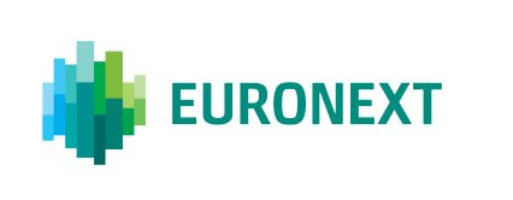
Charlotte Alliot, head of institutional derivatives, Euronext
What was the process in developing the Euronext Eurozone ESG 80 index?
Charlotte Alliot: We developed the ESG (Environmental, Social and Corporate Governance) index in partnership with Vigeo Eiris, which is part of Moody’s Group, and it tracks the 80 large companies that are truly leading the transition to a low carbon economy. It’s an interesting story really because the index was developed through a collaborative approach.
A group of market participants asked us to design a Eurozone ESG benchmark, but with strong convictions. They made the case that there are a lot of structured products on the market, but investors really need a public climate action benchmark that is representative of the economy, rather than an index only orientated towards performance. Asset managers are increasingly switching benchmarks and moving to ESG indices, and now more than ever the challenge for investors is sustainable investment.
We set out to create something that was truly ESG, with a focus on energy transition, but also strong social and governance components in alignment with the UN Global Compact (UN GC). We are also looking to form a user and experts committee, on the model of our national benchmarks, consisting of experts that will be able to advise on the evolution of the rulebook. This will allow us to adapt the index in the future so that it stays aligned with the evolving regulation.
How does the index function in terms of methodology?
CA: We start from the mother index, which is the Euronext Eurozone 300, representing the largest market caps in the Eurozone, and then we apply the first set of exclusions. We exclude 20% of companies with the lowest ranking in terms of social assessment, and then 20% of companies with the lowest ranking in terms of governance assessment.
We then apply the UN GC exclusions, which include companies linked to coal extraction, controversial weapons, tobacco, among other things. We also exclude companies that have been involved in a major controversy. It’s then we preserve the sectorial representation of the mother index, which makes the ESG 80 index representative of the economy, a key component to this. It’s a best-in-class approach we take for each sector. What I mean by that is we have an energy transition score, which represents the will and concrete actions of companies engaging with climate action and energy transition. From this, we keep 80 stocks based on market cap to preserve the largest companies and liquidity of the index, and high correlation with non-ESG standard benchmarks. When designing the index, we also wanted to ensure that the methodology can be suited to all regulations that investors have at all levels. It reshuffles on a yearly basis, but there will be reviews undertaken every three months in case there is a controversy, in which case a company might be excluded.
This is an index with convictions. It’s proactive in terms of taking into consideration how proactive companies really are with issues such as climate change. I have to say, the methodology has been very well-received by market participants, and we haven’t had a single reproach as to our strategy and methodology.
When did Euronext launch its futures derivatives contract based on the ESG index?
CA: We launched the index mid-April and in early June we launched the Euronext Eurozone ESG Large 80 Index Future, which allows investors to gain exposure to the Eurozone’s sustainable economy supporting climate action. It also provides an effective hedging tool on related ETFs or structured products.
We truly believe the futures contract has the most attractive pricing in the industry in terms of an ESG contract, and we wanted attractive pricing because as an exchange, we have a vital role to play in facilitating the transition of the economy. As the European Commission has stated in the past, finance will be key at accompanying the transition of the economy. Indices are a major part in this reallocation of assets and of the work towards sustainable finance, while derivatives act as further tools to facilitate the transition towards ESG indices. I think it’s important to note that the reallocation of assets, which we hope to facilitate, is a process which takes time. It’s a marathon, not a sprint.
We have the support of four market makers for the futures contracts, including BNP Paribas, DRW, Optiver and Societe Generale. All four of them have said they were keen to partner with us on this project due to our strong vision on ESG. They are also extremely committed to the development of sustainable finance, and we are really happy to have them on board as partners. This is a long-term commitment and with our governance approach allowing us to evolve the product in the future, we tick all of the boxes to power some key partners in this initiative.
